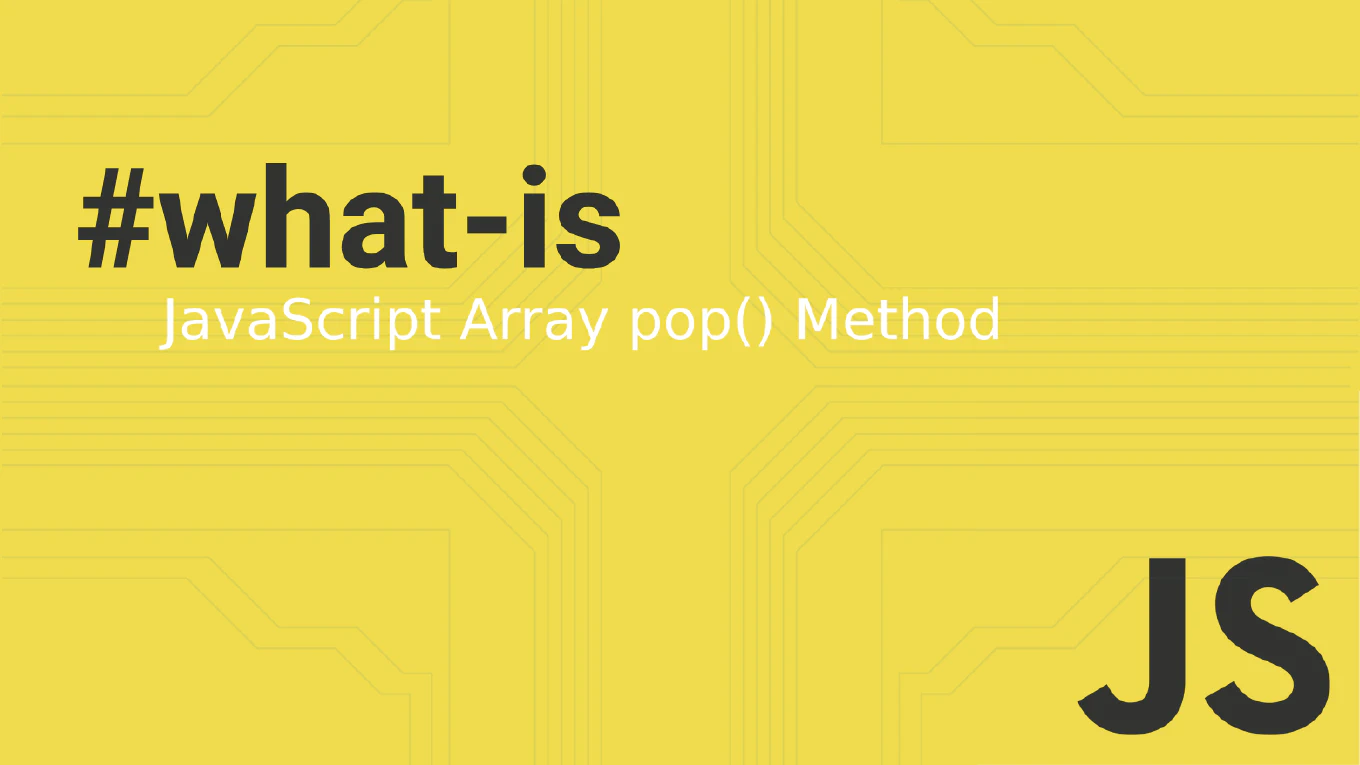How to Merge Two Objects in JavaScript
As the creator of CoreUI and with over 25 years of JavaScript development experience, I’ll demonstrate the most effective methods to merge objects in JavaScript.
How to Clone an Object in JavaScript
As the creator of CoreUI and with over 25 years of software development experience, I’ll show you the most effective ways to clone objects in JavaScript.
How to convert a date to ISO string in JavaScript
Converting dates to ISO string format is essential for API communication, data storage, and ensuring consistent date representation across different systems and timezones.
As the creator of CoreUI, a widely used open-source UI library, I’ve implemented ISO date formatting in countless API integrations over 25 years of development.
From my expertise, the most reliable approach is using the toISOString() method, which converts any Date object to the standard ISO 8601 format.
This ensures universal compatibility and precise timestamp representation.
How to get the timezone offset in JavaScript
Getting timezone offset is crucial for handling date calculations across different timezones and converting between local and UTC times in JavaScript applications.
As the creator of CoreUI, a widely used open-source UI library, I’ve handled timezone calculations in countless global applications over 25 years of development.
From my expertise, the most reliable approach is using the getTimezoneOffset() method, which returns the difference in minutes between UTC and local time.
This provides the foundation for accurate timezone-aware date operations.
How to get the UTC date in JavaScript
Working with UTC dates is crucial for building applications that handle users across different timezones and for consistent server communication.
As the creator of CoreUI, a widely used open-source UI library, I’ve handled timezone-related date operations in countless global applications over 25 years of development.
From my expertise, the most reliable approach is using the built-in UTC methods like getUTCFullYear(), getUTCMonth(), and getUTCDate() to extract timezone-independent values.
This ensures consistent date handling regardless of the user’s local timezone.
How to get the week number of a date in JavaScript
Calculating week numbers is essential for building calendar applications, scheduling systems, and time-based analytics in JavaScript applications. As the creator of CoreUI, a widely used open-source UI library, I’ve implemented week number calculations in numerous date-related components over 25 years of development. From my expertise, the most reliable approach is calculating the days between the target date and the first day of the year, then dividing by 7. This method handles edge cases correctly and works consistently across different years.
How to get the number of days in a month in JavaScript
Calculating the number of days in a month is essential for building calendars, date pickers, and scheduling features in web applications. As the creator of CoreUI, a widely used open-source UI library, I’ve implemented this calculation in numerous date-related components over 25 years of development. From my expertise, the most elegant solution uses the Date constructor with day 0, which automatically returns the last day of the previous month. This approach handles leap years and all month variations automatically.
How to parse a date string in JavaScript
Parsing date strings correctly is crucial for building reliable JavaScript applications, especially when working with user input or API responses.
As the creator of CoreUI, a widely used open-source UI library, I’ve handled countless date parsing scenarios in production components over 25 years of development.
From my expertise, the most reliable approach is to use the Date constructor with ISO format strings or the Date.parse() method for standardized formats.
This ensures consistent parsing across different browsers and time zones.
How to get the keys of an object in JavaScript
Extracting object keys is fundamental for iterating over object properties, building dynamic forms, and processing API responses in JavaScript applications.
As the creator of CoreUI, a widely used open-source UI library, I’ve used object key extraction in thousands of data processing scenarios over 25 years of development.
From my expertise, the most straightforward approach is using the Object.keys() method, which returns an array of enumerable property names.
This provides a clean, iterable list of keys for further processing.
How to check if an object is empty in JavaScript
Checking whether an object is empty is essential for form validation, API response handling, and conditional rendering in JavaScript applications.
As the creator of CoreUI, a widely used open-source UI library, I’ve implemented empty object checks in countless production components over 25 years of development.
From my expertise, the most reliable approach is using Object.keys() to check the length of enumerable properties.
This method works consistently across all modern browsers and handles edge cases properly.



